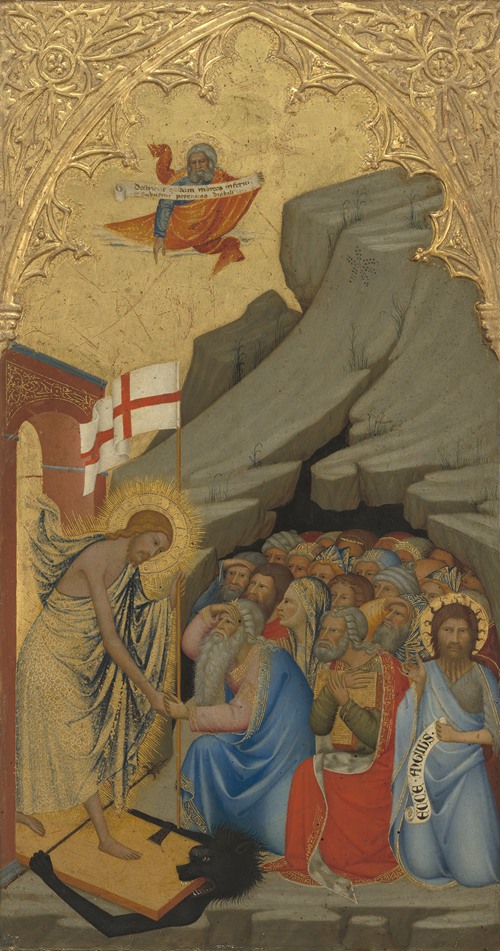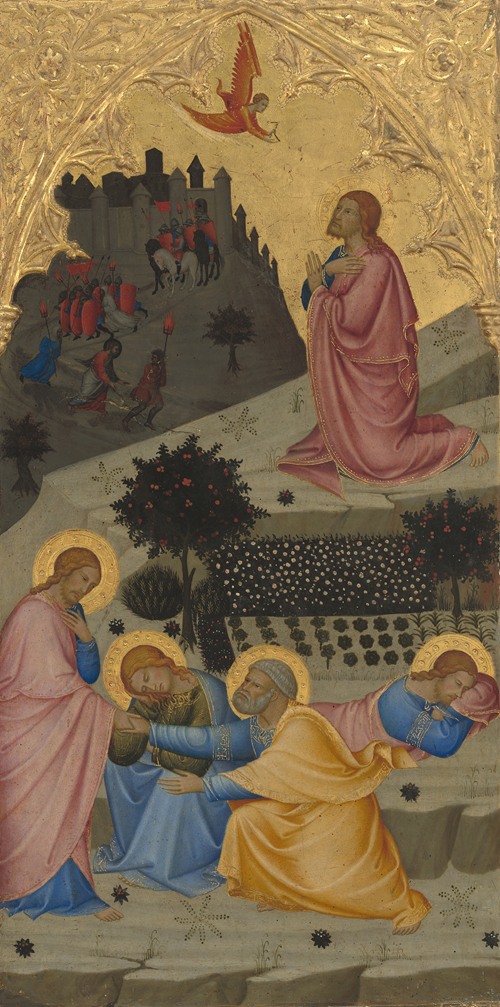
Andrea Vanni was an Italian painter of the early Renaissance, active mainly in his native Siena.
Vanni was born in about 1332 in Siena. The first notice of him as a painter comes from 1353 when he was associated with Bartolo di Fredi, though it is uncertain if Vanni was a painter or assistant. His last activities date around 1400 and scholars have put his death to be around 1414 (although no documentary evidence). He was also involved in the foundation of the new government of Siena in 1368 and for twenty years held several different offices, including being elected to Great Council in 1370, Gonfaloniero in 1371, and sent on Envoys to the Pope in 1372 and again in 1384.
Vanni is less known than his contemporaries. He appears influenced by his fellow Sienese Simone Martini and Pietro Lorenzetti. In Siena, only one work by his hand remains: an Enthroned Madonna in the transept of S. Francesco. Prior to 2002, there was also a painting of St. Paul in the Palazzo Pubblico but it was acquired by the Boston Museum of Fine Arts in the form of a gift from Mrs. W. Scott Fitz . Additional works to his credit are a portrait of St. Catherine of Siena (who was rumored to be a relative of his), located in the church of San Domenico to commemorate the life of the saint, and a fragmented Crucifixion which was originally housed in the church of Alborino and is now in the Istituto delle Belle Arti. Around 1400, Vanni painted another portrait of St. Catherine with scenes from the life of St. James in the chapel in San Jacomo Intercisco, but these works have disappeared.





